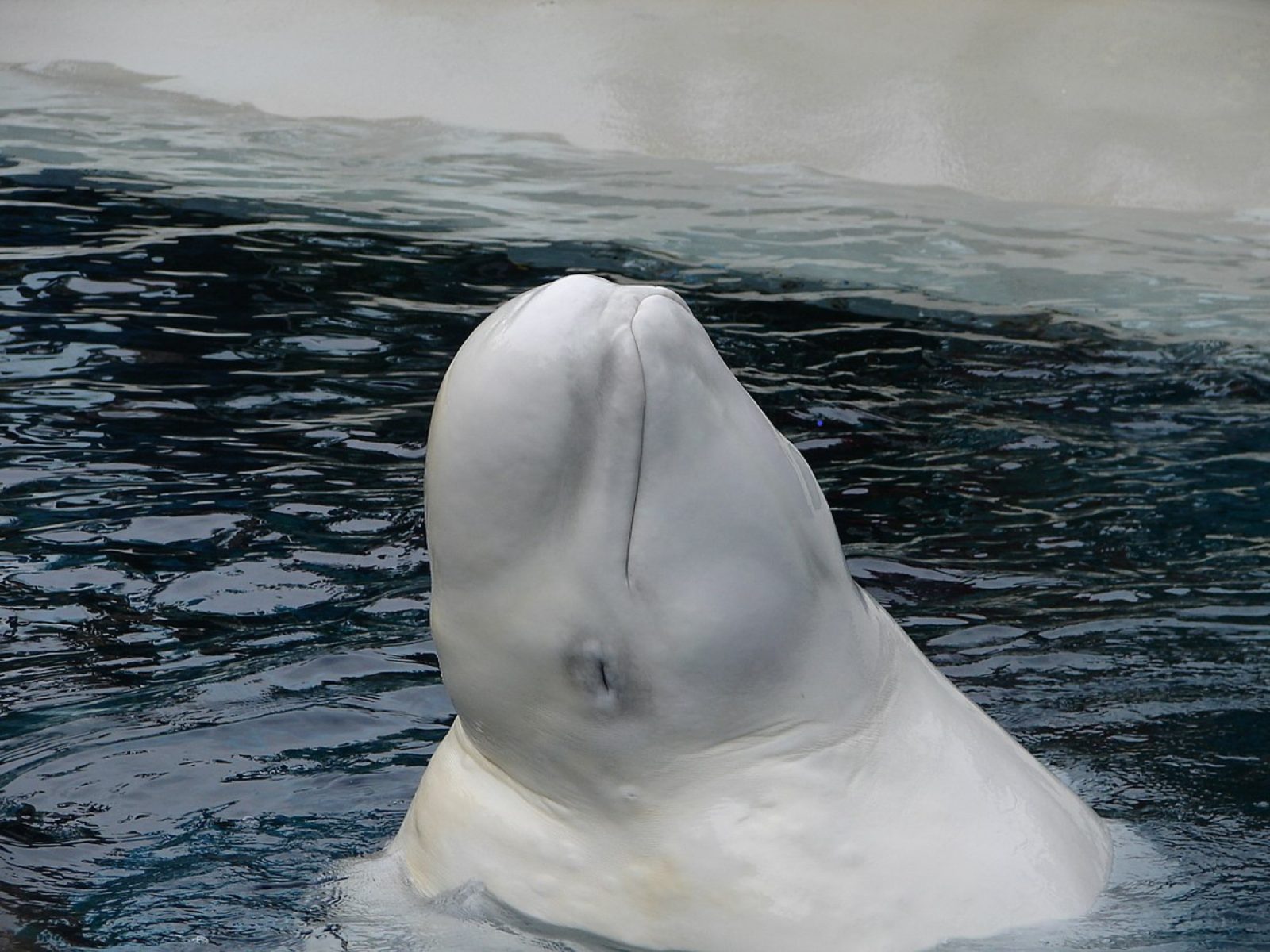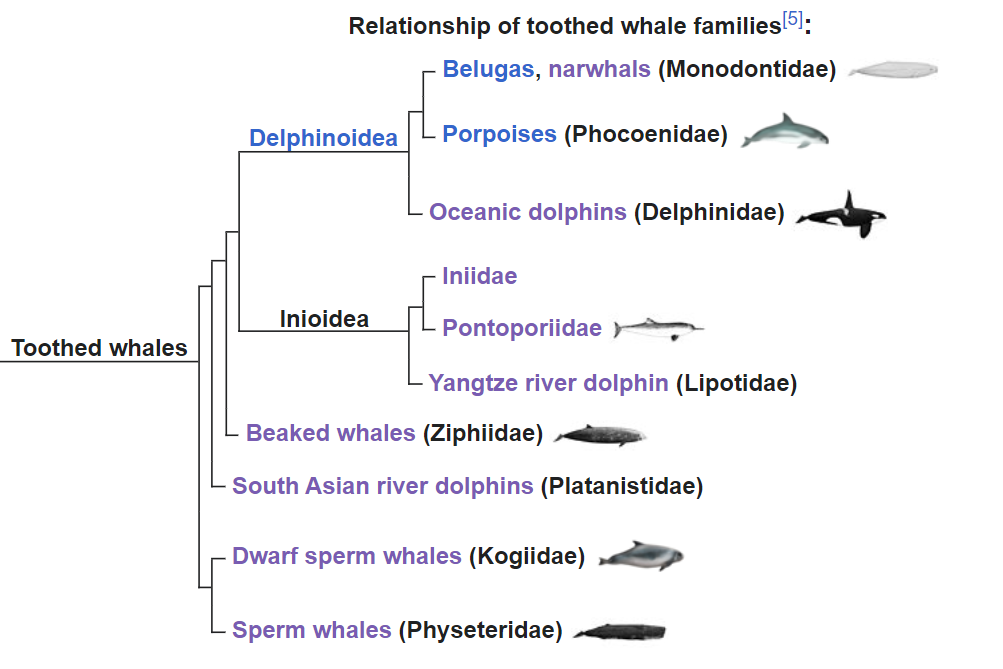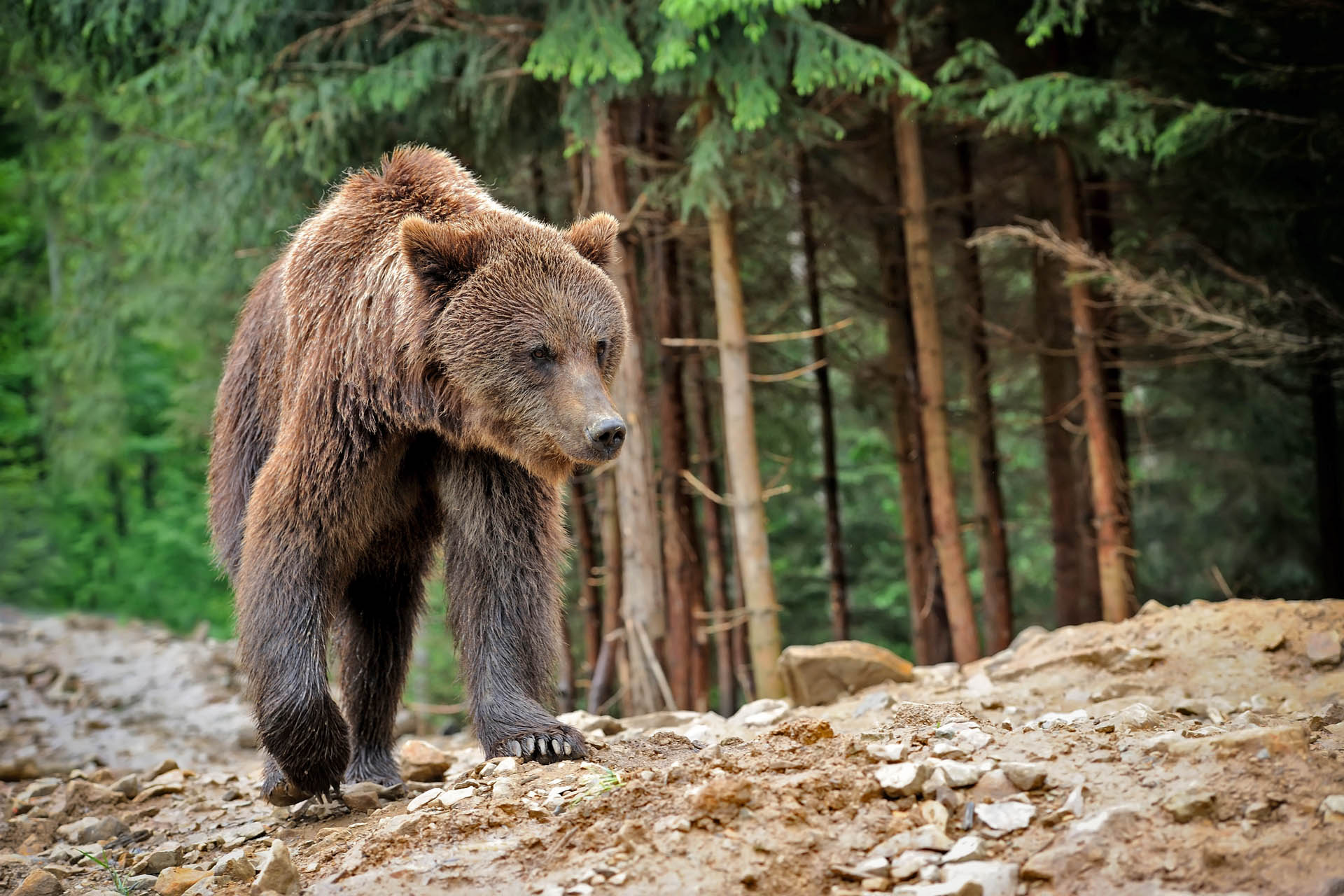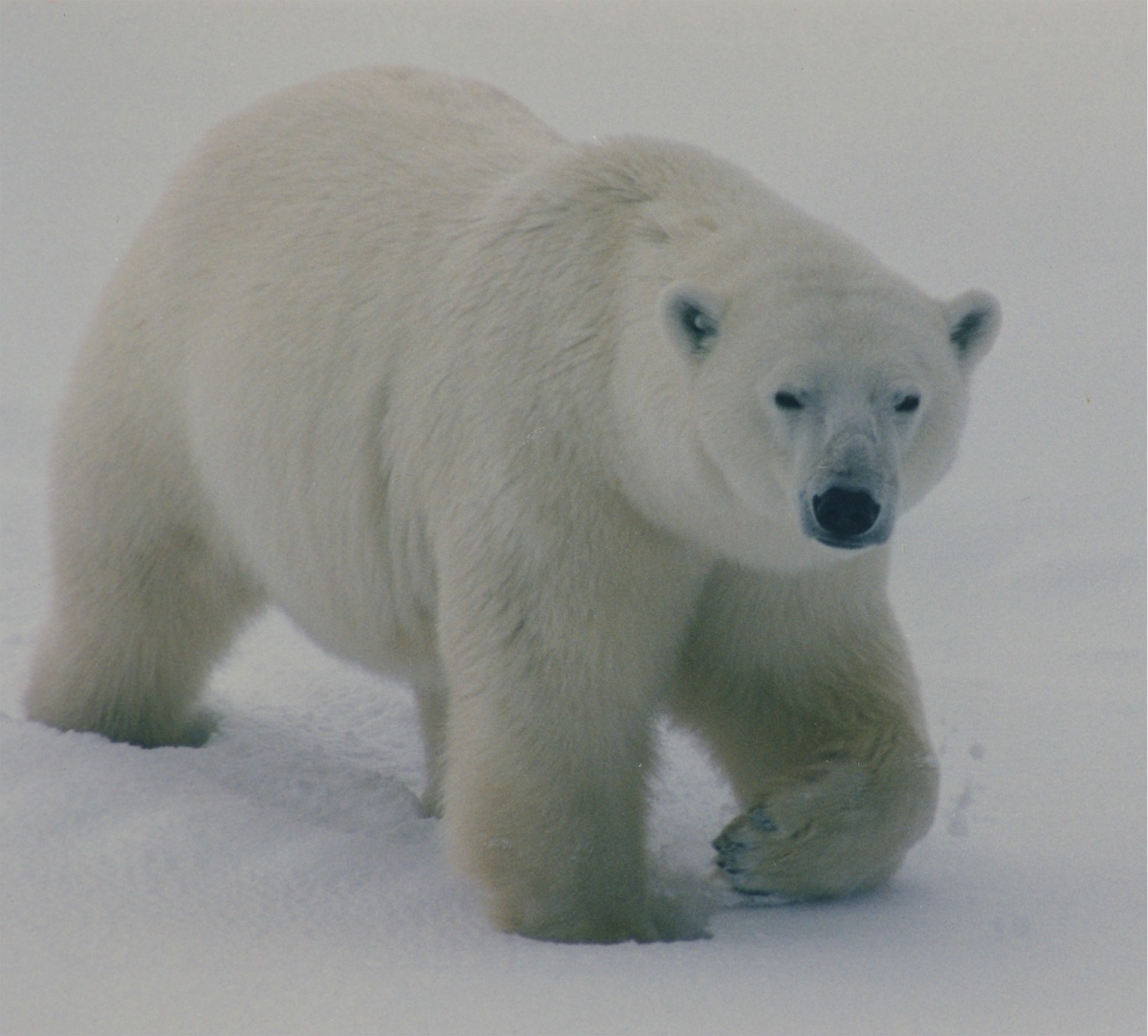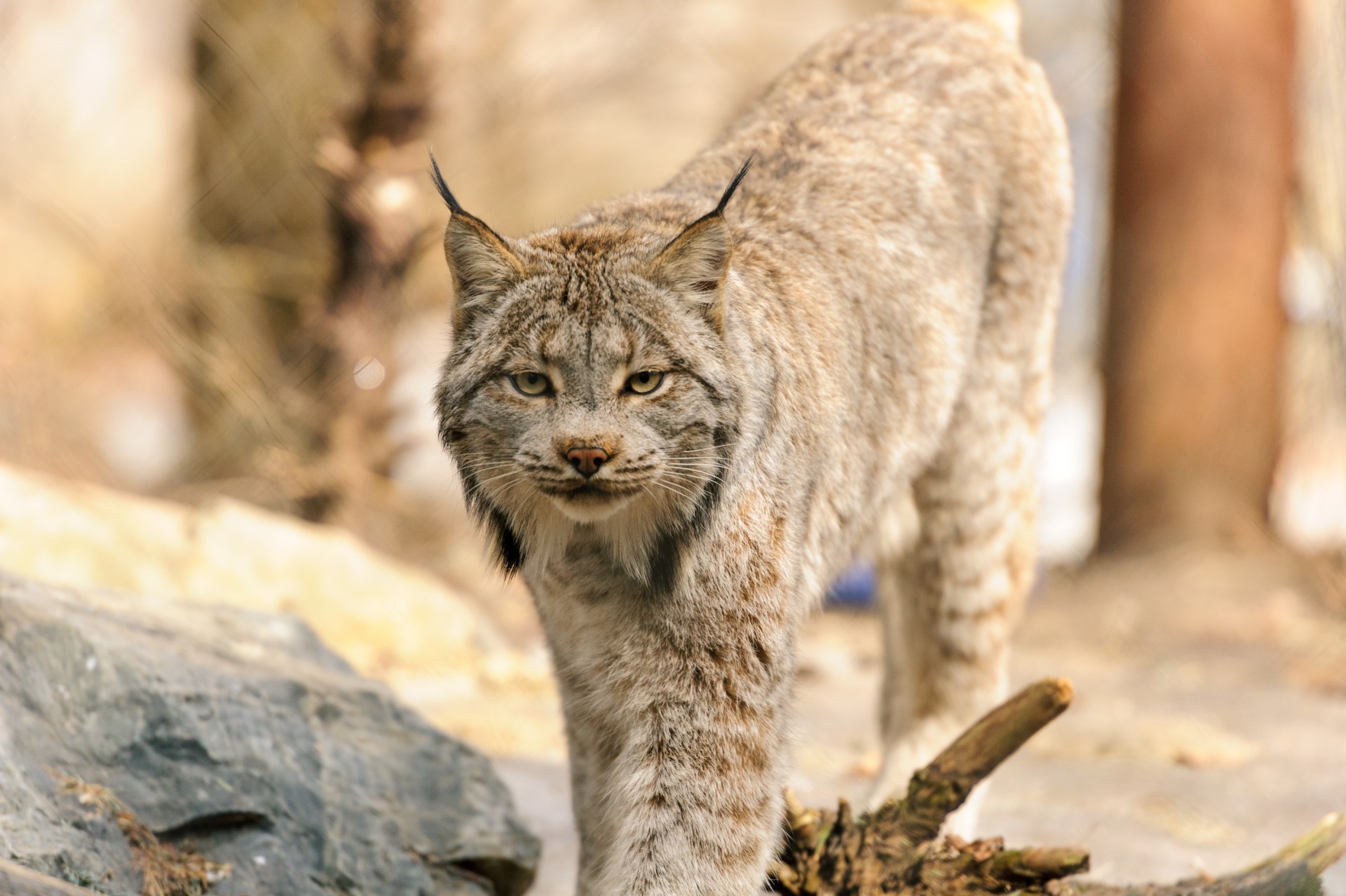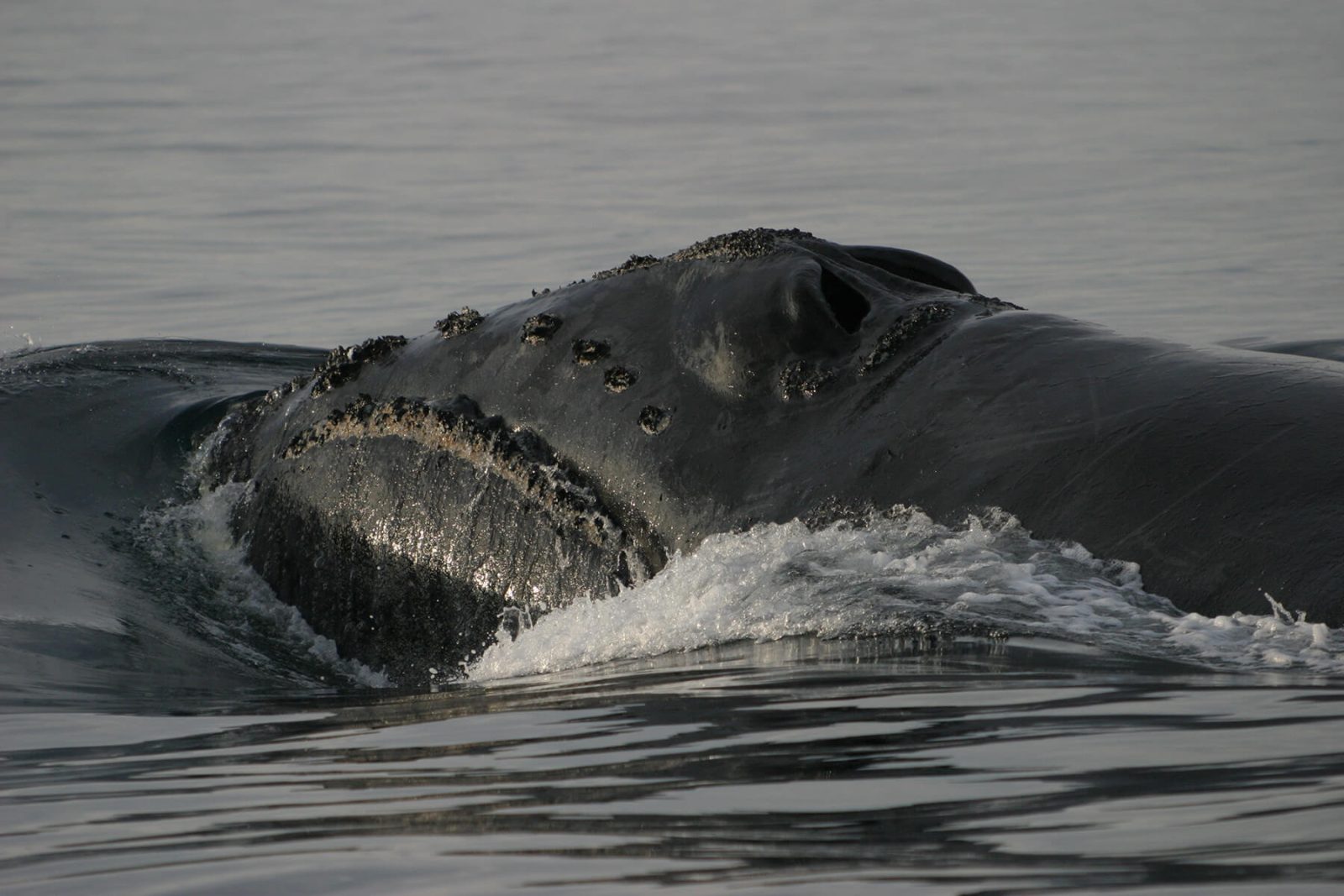
North Pacific right whale
The North Pacific right whale is in a similar position. In the eastern North Pacific there is a population of 30-35, while the western North Pacific is around 300.
It should be noted, that despite this numbers, the North Pacifi right whale is only considered Endangered. not critically endnagered.
While hunting was the initial driver to drop the population. Current threats include ship strikes, as well as entanglement in fishing gear, and of course the small size of the population. Some of the places with the highest density are Bering Sea, Gulf of Alaska, Okhotsk Sea, Kuril Islands, and Kamchatka area, though I should mention that this is a huge area, so does not help a great deal.
Below is a video of a rare sighting of this species. Below that is a list of references to this species on this website (if any). Below this, we will add any opportunities to see this species in the wild.
Lone grey whale migrates half way around the world
- Tim
- June 12, 2021
DNA analysis has shown that a grey whale first seen off the South West African coast, originated in a population off the eastern coast of Asia.


